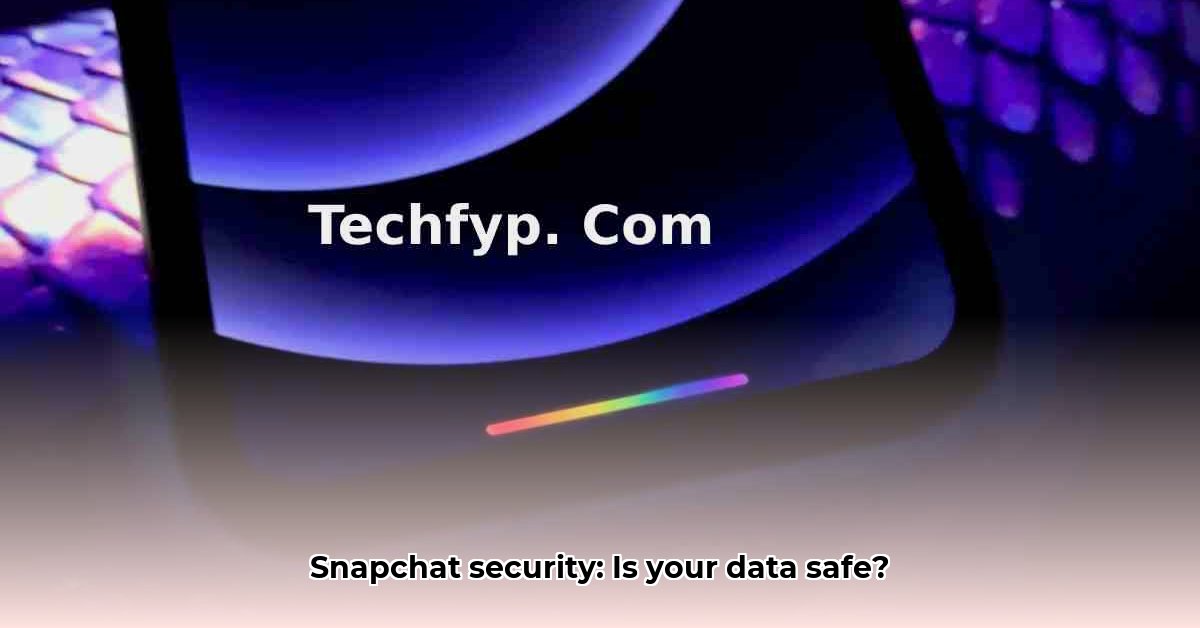
Techfyp Snapchat: Unpacking the Security Puzzle
Using Techfyp for Snapchat marketing offers potential benefits, but its security profile remains a point of contention. Conflicting assessments from reputable security review sites, such as Scam Detector and ScamAdviser, highlight the need for a thorough, independent analysis. For further context on Snapchat's age and features, see this useful resource. This report aims to provide such an analysis, clarifying the discrepancies and providing actionable recommendations for users, developers, and regulators.
Conflicting Reports: A Closer Look
Scam Detector assigned Techfyp a relatively low trust score (approximately 58 out of 100), citing concerns about potential phishing attempts, spammy links, and suboptimal website usability. In stark contrast, ScamAdviser awarded Techfyp a near-perfect score (around 96 out of 100), highlighting positive user reviews and the website's longevity. This significant discrepancy necessitates a deeper investigation into the methodologies employed by both services.
Methodological Differences: A Critical Analysis
The disparity in assessments stems from differing methodologies. Scam Detector employs a more comprehensive system, reportedly considering over 50 factors, while ScamAdviser uses a different, less transparent approach, involving approximately 40 factors. Neither site publicly discloses the specific criteria or weighting assigned to each factor, hindering objective evaluation and comparison. This lack of transparency undermines the reliability of their individual scores.
What the Evidence Shows
Both Scam Detector and ScamAdviser acknowledge Techfyp's existence and the presence of an SSL certificate (a protocol that encrypts communications between a client and a server), indicating a basic level of security. However, ScamAdviser notes that this certificate is not state-of-the-art, implying a potential vulnerability.
Discrepancies in Risk Assessment
The most significant divergence lies in their risk assessments. Scam Detector flags high scores for malware and spam, while ScamAdviser's report lacks comparable data. Furthermore, ScamAdviser notes low website traffic. While this could suggest limited exposure to potential attackers, Scam Detector doesn’t even address it. This missing element shows the limitations of the automated systems. It also highlights how different assessors choose which data points are important.
Understanding the Methods: Why the Discrepancy?
The core issue lies in the opaque nature of both Scam Detector and ScamAdviser’s evaluation methods. The absence of detailed criteria and weighting makes independent verification and comparative analysis challenging.
ScamAdviser’s consideration of proximity to suspicious websites, while seemingly logical, isn’t foolproof. Mere association doesn’t automatically imply guilt. Moreover, ScamAdviser's claim of numerous positive reviews warrants further scrutiny, particularly given the difficulty in independently verifying these reviews.
What to Do Next: Practical Steps
Given the conflicting assessments, caution is paramount. The following recommendations cater to various stakeholders:
1. For Users:
* Exercise extreme caution. Independently verify all information obtained from Techfyp using reliable sources.
* Avoid transactions involving sensitive financial or personal data unless risk assessment is thoroughly conducted.
2. For Security Experts:
* Conduct a comprehensive analysis of Scam Detector and ScamAdviser's methodologies to identify potential biases or inaccuracies.
* Develop more robust and transparent website security assessment frameworks, addressing data collection and usage practices.
3. For Techfyp.com Owners:
* Promptly address Scam Detector's concerns. Improve website usability and SEO, and remove any potentially suspicious links.
* Implement robust security measures and actively engage with security review sites to resolve any misinterpretations.
4. For Regulators:
* Monitor Techfyp for any signs of fraudulent activity.
* Establish clear guidelines for online security rating sites, mandating standardized methodologies and transparent data sourcing.
A Risk Assessment Snapshot
| Risk Factor | Scam Detector Assessment | ScamAdviser Assessment | Recommended Action |
|---|---|---|---|
| Phishing/Spamming | High | Not Explicitly Stated | Implement robust anti-phishing and anti-spam measures |
| Malware | High | Not Explicitly Stated | Regular security audits and malware scanning |
| Website Design/Usability | High | Low (Implied) | Improve website design and user experience |
| Website Traffic (Low) | Not Explicitly Stated | Medium | Improve content and SEO to increase traffic |
| SSL Certificate Strength | Medium (Implied) | Low | Upgrade to a stronger, more current SSL certificate |
This analysis underscores the urgent need for more transparent and consistent methods for evaluating online security. Until then, maintaining a vigilant and cautious approach is essential.
How to Independently Verify Techfyp.com's Legitimacy
Key Takeaways:
- Conflicting security assessments require a thorough and independent investigation.
- Automated tools offer limited insights and should not be the sole basis for evaluation.
- A multi-faceted approach, considering multiple factors, is critical for a comprehensive assessment.
- Users should prioritize caution and thorough due diligence.
This in-depth review highlights the crucial need for a more transparent and standardized approach to online security assessments. Until such improvements are implemented, users should remain vigilant and exercise caution when interacting with Techfyp.com or similar platforms.